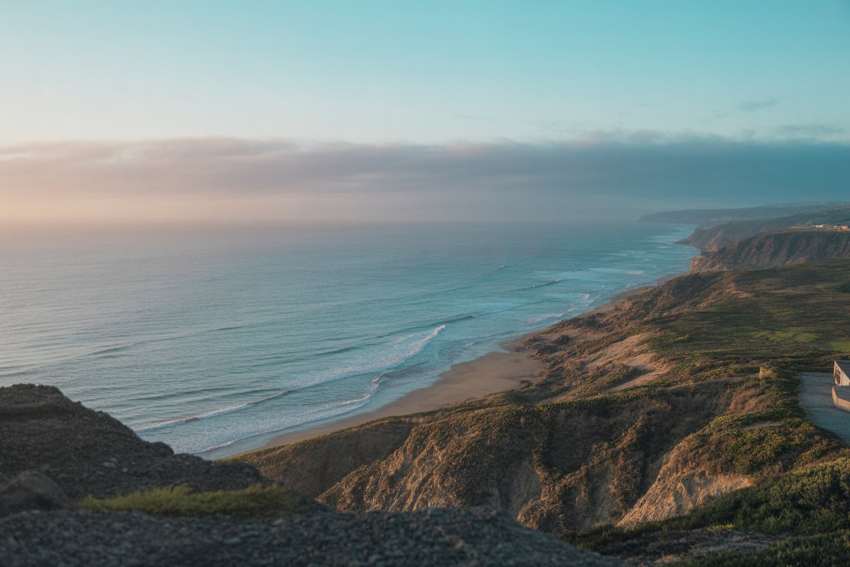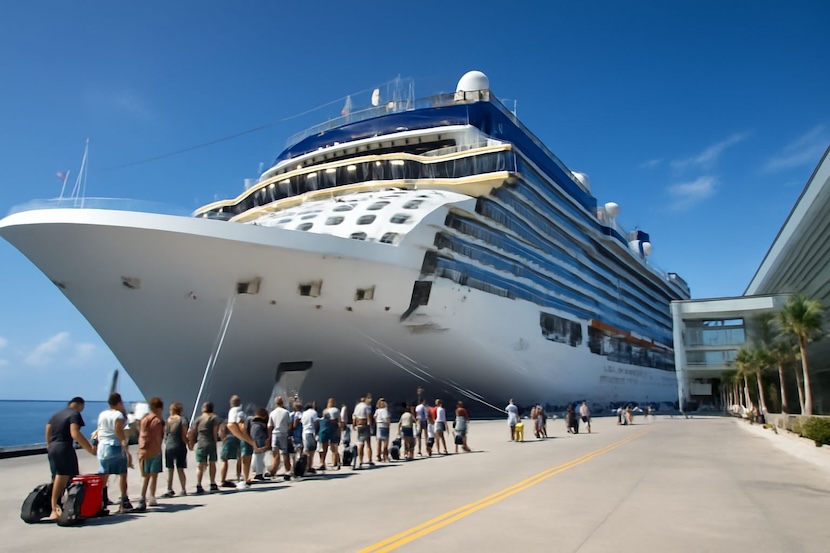Eclipse traffic has officials bracing for gridlock and flight delays

The Federal Aviation Administration has warned that air traffic delays are likely on April 8, when the eclipse will sweep through North America from Mexico to Canada and plunge a narrow path into complete darkness in the middle of the day.
On the roads, federal authorities are asking for the public’s help to avoid gridlock across several states.
“While an estimated 32 million people live within the path of totality, millions more will travel to see the event firsthand,” Shailen Bhatt, administrator of the Federal Highway Administration, said in a video message. “This rare event maybe be a once-in-a-lifetime for some, but could have widespread impacts on the traveling public. So please plan ahead to arrive early and, if you can, stay put to avoid traffic congestion.”
Around the last total solar eclipse to reach the U.S., in 2017, motorists clogged roadways along the path in multiple states immediately after the show. Citing INRIX, a firm that analyzes transportation data, AAA said some rural routes experienced more than 15 hours of congestion, with backups stretching for up to 70 miles.
Kathleen Bangs, spokeswoman for the flight-tracking service FlightAware, said she drove to a field in Nebraska for the last eclipse.
“Oh my gosh, the traffic,” she said. “Once the eclipse ended, we thought it would take five hours to get home. It took like 11.”
Some cities have been planning for an influx of visitors for more than a year before the upcoming eclipse. Some local governments in Texas have declared a state of emergency ahead of time; the declaration for Bell County, an area north of Austin that is bisected by Interstate 35, says officials expect the local population of 400,000 to “double, if not triple, in size” in the days leading up to the eclipse, creating “extreme traffic congestion” and a strain on local resources that threatens the safety of local residents.
Landowners who are hosting events for 50 or more people are required to register with Bell County, and officials are encouraging locals to stock up on gas and groceries well before the eclipse.
The state of Oklahoma is warning residents of longer emergency response times, potential disruptions to cell coverage and overwhelmed roads.
AAA recommends bringing camping chairs to an eclipse-viewing spot and hanging out, “much like after a concert,” until the early wave of departures has ended.
“Fill up right before the eclipse so you have a full tank in case you get stuck in traffic,” the organization says. “Have an emergency kit prepared with extra water, snacks, first-aid kit, and phone charger.”
During the last eclipse, air traffic operations increased between 23 and 36 percent around some major centers, according to a 2017 report from the National Air Traffic Controllers Association.
One airline has added flights designed to follow the path of totality, while others have highlighted existing routes expected to have a high-level view of the eclipse. Bangs, a former airline pilot, said the anticipated spike in air traffic is more related to smaller, privately owned or rented planes.
“A lot of those people are going to go out and fly that day to see the eclipse,” she said.
The FAA is asking airlines and pilots to plan ahead and file a preferred route to help reduce delays, and to monitor notices and temporary flight restrictions. In its notice, the agency says planes should be prepared to potentially be rerouted or put in a holding pattern. Some activities such as practice approaches, touch-and-goes and pilot training operations may not be allowed.
It’s not just planes that might be affected, the FAA warned.
“There may be a higher traffic volume than normal anticipated at airports along the path of the eclipse,” the agency said in its notice. Roughly 450 airports of various sizes and uses are considered close to the path. “Parking may be limited — particularly at the smaller, uncontrolled airports.”
link




